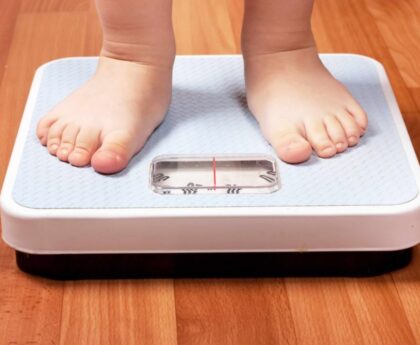Losing weight can be a challenging journey, especially when dealing with how to lose stubborn weight that seems resistant to traditional weight loss methods. Stubborn weight refers to the fat stored in specific areas of the body, such as the abdomen, hips, or thighs, which can be difficult to shed. However, with the right strategies and a comprehensive approach, it is possible to overcome this hurdle and achieve sustainable weight loss. In this article, we will delve into the topic of losing stubborn weight, providing insightful strategies, backed by statistics and real-life examples, to help you on your weight loss journey.
Understanding Stubborn Weight: Stubborn weight is often the result of various factors, including genetics, hormone imbalances, and lifestyle habits. Fat cells in stubborn areas have a higher concentration of alpha-receptors, which are more resistant to mobilization. This makes it harder for the body to access and burn these fat stores. To effectively lose stubborn weight, a combination of targeted exercises, dietary modifications, and lifestyle changes is necessary.
Statistics on Losing Stubborn Weight:
- Insulin and Fat Storage: A study published in the International Journal of Obesity reveals that individuals with stubborn weight often have higher levels of insulin. Insulin is a hormone that regulates blood sugar levels, but it can also promote fat storage, particularly in stubborn areas of the body. Understanding the role of insulin and its impact on fat accumulation can help in developing effective strategies for losing stubborn weight.
- Targeted Exercises: The American Council on Exercise (ACE) emphasizes the importance of targeted exercises that focus on specific muscle groups to reduce stubborn fat. These exercises help strengthen and tone the underlying muscles, which can contribute to a more sculpted appearance. Incorporating exercises that target the problem areas, such as the abdomen, thighs, or arms, can help in slimming down those specific areas over time.
- Physical Activity and Weight Maintenance: The National Weight Control Registry conducted a survey among individuals who successfully lost weight and maintained their weight loss. The survey revealed that these individuals engaged in approximately 60-90 minutes of moderate-intensity physical activity daily. Regular exercise not only contributes to calorie burning but also helps in maintaining muscle mass, which can aid in losing stubborn weight. Adopting a consistent exercise routine can improve overall fitness and contribute to long-term weight management.
By understanding the role of insulin, incorporating targeted exercises, and engaging in regular physical activity, you can enhance your weight loss efforts and effectively tackle stubborn weight. It’s important to remember that individual results may vary, and adopting a holistic approach that includes a balanced diet, adequate hydration, and proper rest is essential for achieving sustainable weight loss.
Strategies for How to Lose Stubborn Weight:
- Incorporate High-Intensity Interval Training (HIIT): HIIT workouts involve short bursts of intense exercise followed by periods of rest. Research has shown that HIIT can be highly effective in targeting stubborn fat and boosting metabolism. Example: Perform 20 seconds of intense exercises such as burpees or sprints, followed by 10 seconds of rest. Repeat this cycle for 10-20 minutes.
- Focus on Resistance Training: Building lean muscle mass through strength training exercises can help increase metabolism and burn more calories, even at rest. Example: Include exercises like squats, lunges, push-ups, and deadlifts in your workout routine.
- Optimize Your Diet: Make dietary modifications to support weight loss by reducing calorie intake and prioritizing nutrient-dense foods. Incorporate plenty of fruits, vegetables, lean proteins, and healthy fats. Example: Replace processed snacks with whole foods like nuts, seeds, and fruits. Choose lean sources of protein such as chicken, fish, and tofu.
- Manage Stress Levels: Chronic stress can contribute to weight gain and hinder weight loss efforts. Implement stress management techniques such as meditation, yoga, or deep breathing exercises. Example: Practice mindfulness meditation for 10-15 minutes daily to reduce stress and promote a sense of calm.
- Get Sufficient Sleep: Inadequate sleep disrupts hormonal balance, including the hormones involved in appetite regulation. Aim for 7-9 hours of quality sleep per night. Example: Establish a relaxing bedtime routine, limit screen time before bed, and create a sleep-friendly environment.
Losing stubborn weight requires a multi-faceted approach that combines targeted exercises, dietary modifications, and lifestyle changes. By incorporating strategies such as HIIT workouts, resistance training, optimizing diet, managing stress, and prioritizing sleep, individuals can overcome stubborn weight and achieve their weight loss goals. Remember, consistency, patience, and a holistic approach are key to successful and sustainable weight loss. Consult with a healthcare professional or registered dietitian before starting any weight loss program to ensure it aligns with your individual needs and goals.





